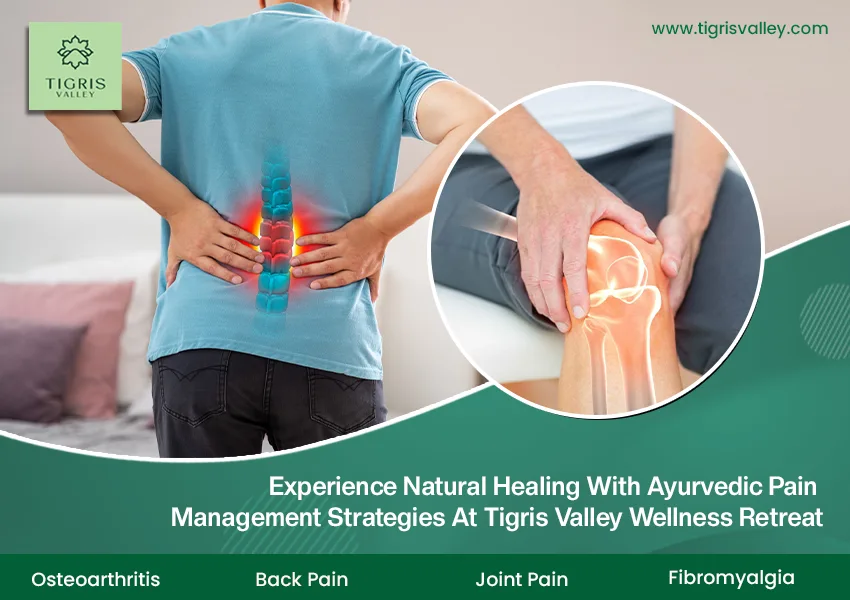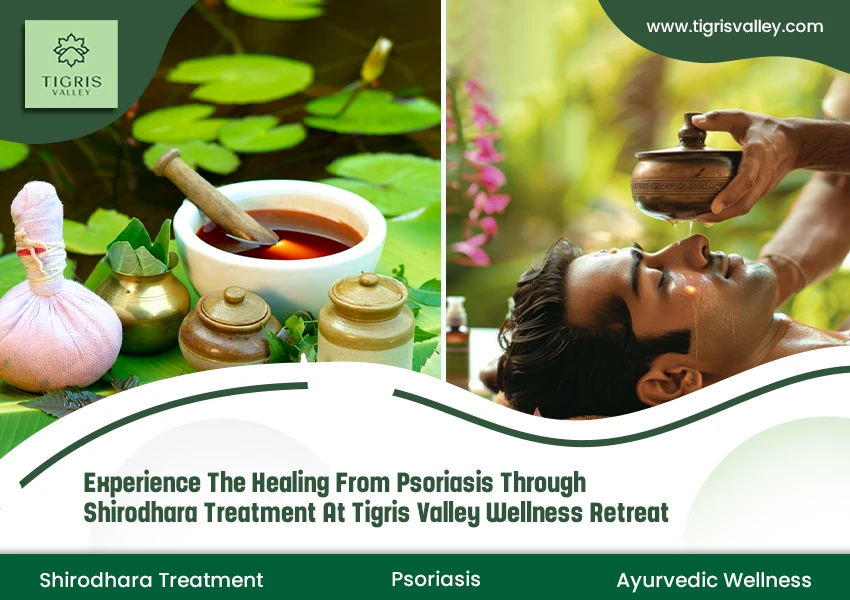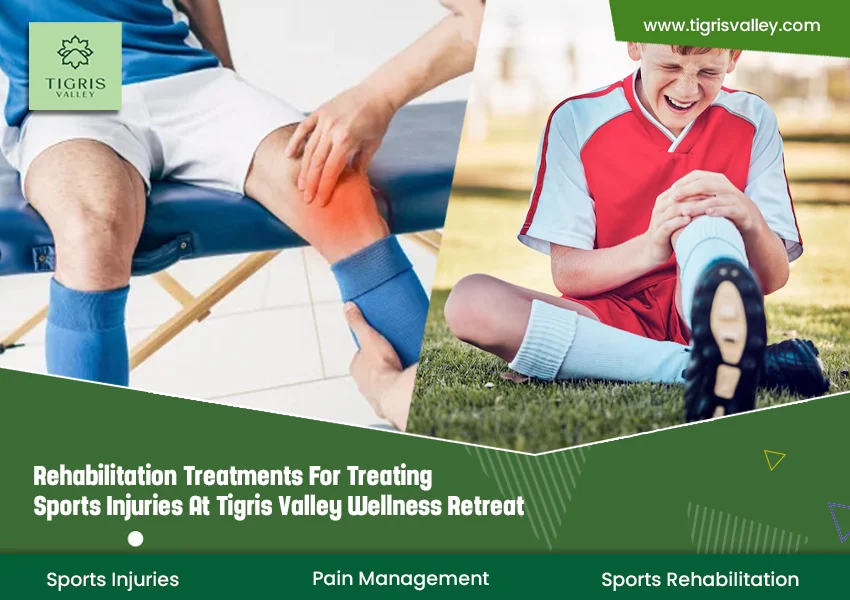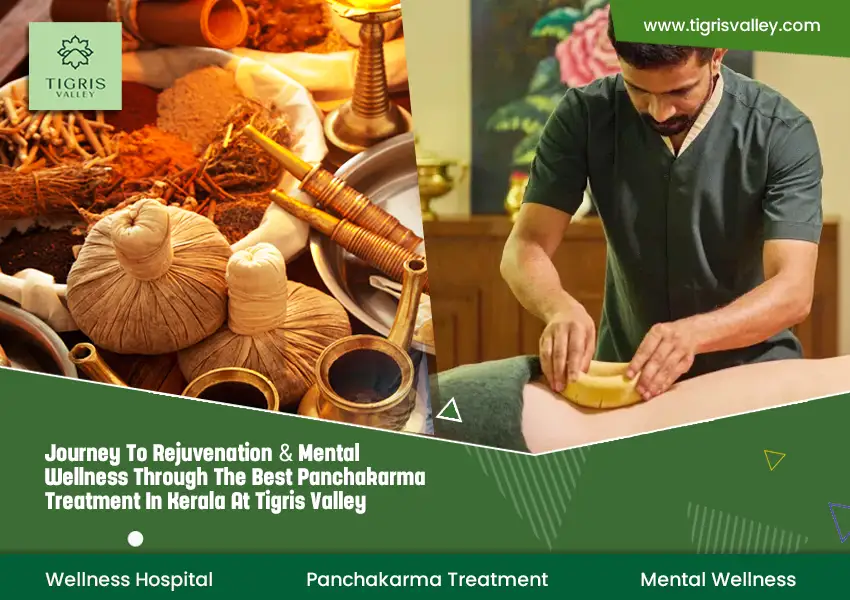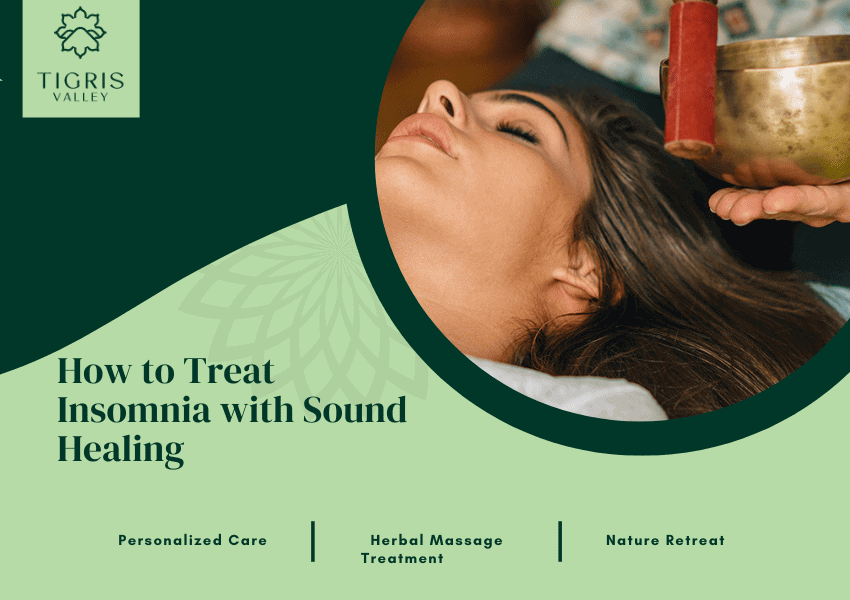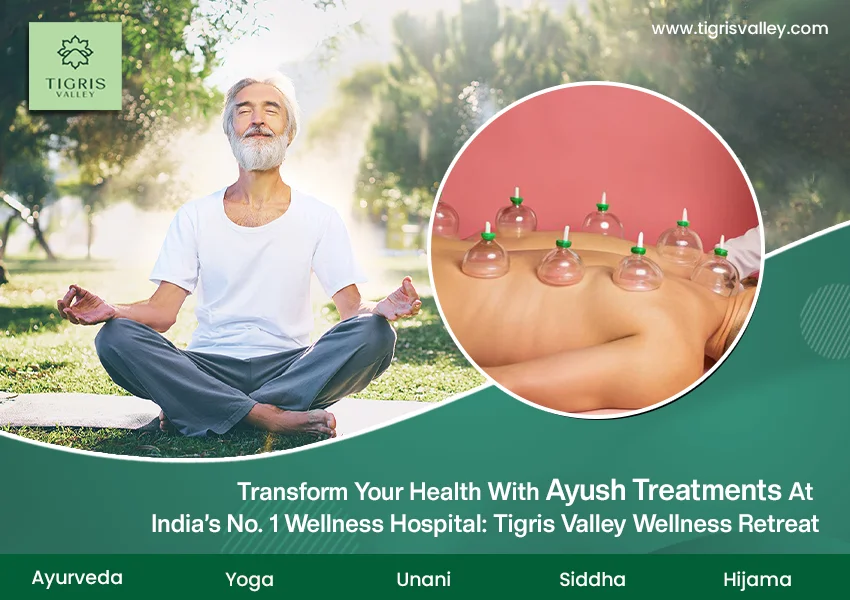
Transform Your Health Through Ayush Treatments at India’s No. 1 Wellness Hospital: Tigris Valley Wellness Retreat
Transform Your Health with Ayush Treatments at India’s No. 1 Wellness Hospital: Tigris Valley Wellness Retreat Are you seeking a natural approach to healing and wellness? Look no further than…

